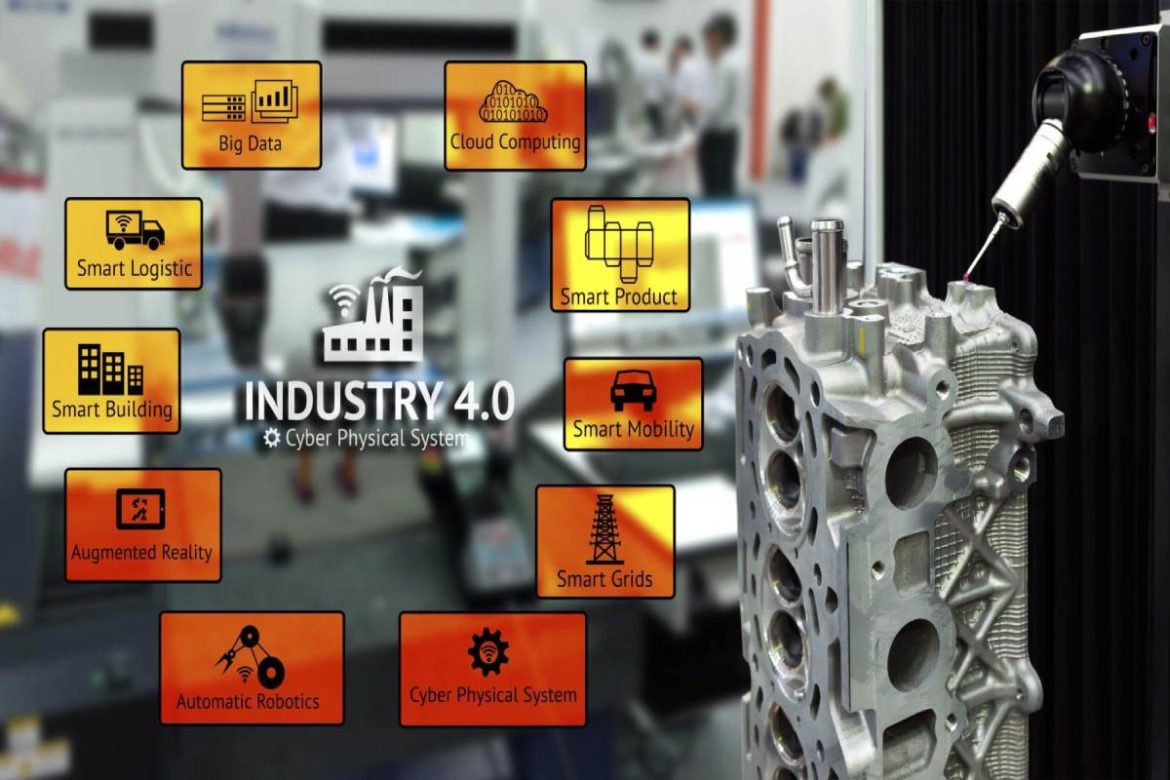Apps are big business: Apple’s app store generated over $13 billion from subscriptions in 2022, which is a greater profit than the GDP of whole countries. It goes without saying, then, that you need to provide the best quality product possible if you want to compete in such a crowded marketplace, which means including features that other companies have overlooked.
Whether you have an established app for your business, or you’re just developing one from scratch, you may believe that you should focus just on the functionality you need, but this is a rookie mistake. While, of course, you shouldn’t overload your app with too many features, creating a more immersive experience by utilizing real-world weather data can be of great benefit to the user, encouraging them to spend longer on your app and building strong brand loyalty. Today, we’ll discuss some of the most compelling reasons to integrate a weather API such as Visual Crossing into your application, no matter the industry you’re in.
You can provide timely targeted advertising that will send sales skyrocketing
Most smaller purchases are made on an impulse: a consumer has a need or want and, rather than seriously investigating it and examining all angles, they go with what is familiar and well-priced. This means that you can capitalize on these spur-of-the-moment urges by tailoring your interfaces to weather conditions, which impact consumers far more than they may realize.
Of course, you know to show users seasonally appropriate items on a general calendar, but what if you could become even more responsive to consumer needs? Nowadays, with highly targeted storefronts that show customers exactly what they are most likely to want, you can get even closer to that impulse point than ever before.
By using weather API to change your digital storefront, you can show users exactly what is of interest at any given moment, encouraging them to click and shop to their heart’s content. If a consumer looks outside and sees it’s raining, then checks your storefront and notices that you have a great price on adorable umbrellas, they’re more likely to surrender to impulse and pick up a new accessory than if they’d seen the same sale on a sunny day. Likewise, you can drum up more interest in candles, scarves, and soup mixes during a snowstorm than you could when it’s dry.
You will better estimate demand, which improves customer experience
Nowadays, consumers expect to-the-minute reporting on the ETAs of their goods and services, from ridesharing to shipped packages; it’s a high bar that can seem impossible to reach. However, weather APIs can help you temper expectations by using meteorological data to estimate delays or predict potential problems, such as with international shipping or rideshare apps.
This has a far broader application than it might seem at first, as nearly every aspect of the economy is impacted by weather. For example, hotel prices often rise with snow storms because people are stuck at their current destination; since many of these individuals will be ordering from food delivery apps, you can use the weather to predict demand and prepare yourself accordingly in order to prevent long wait times.
In another application, you can combine tracking information from a carrier with weather forecasts to give your users a head’s up if you suspect that their package will be late. Given that many customers will leave bad reviews for unexplained delays, this can improve user satisfaction and ensure that you maintain your positive reputation in the marketplace.
Weather information can protect your user base in the event of emergencies, which can save a life
Finally, by adding weather-related alerts to your application, you may be able to protect users from serious harm. While most people receive severe weather alerts from the National Weather Service on their phones and on the radio, this doesn’t always provide specific enough information for certain applications.
This is because National Weather Service alerts don’t usually advise people on dangers such as hide winds or beach hazards, as it’s not necessarily important to the majority of the populace. However, for farmers or boaters, these conditions can be life-threatening, which is why if your app is focused on those who spend a great deal of time outdoors, you should consider adding weather alerts. Even if it seems redundant, as you expect that your user base will check the overall weather report, too, you never know who might need that information, and it’s always better to be safe than sorry when it comes to dangerous weather conditions.
Final thoughts
Meteorological data isn’t just helpful for weather apps: it can be valuable for nearly every possible application if implemented skillfully and with the end user in mind. From targeted advertising to severe weather updates, you can sell more products, improve customer satisfaction, and even protect your users by adding a simple and cost-effective API to your app. There’s a slight risk but great reward to including this small but mighty element in your application.











